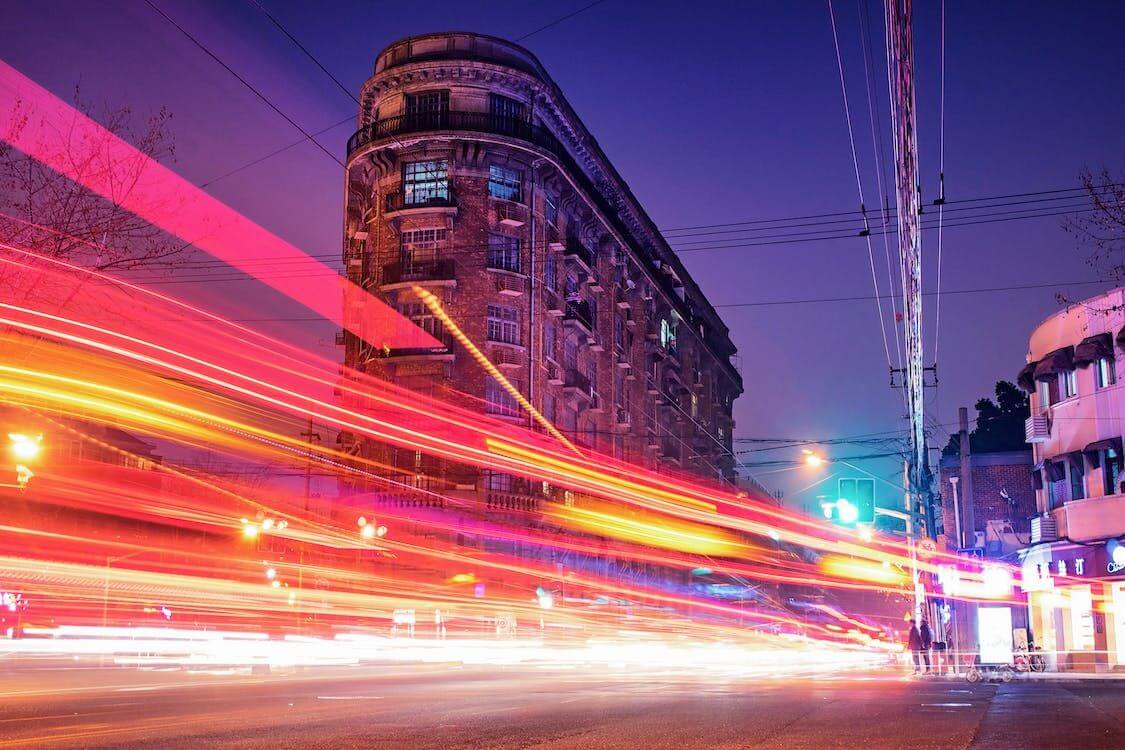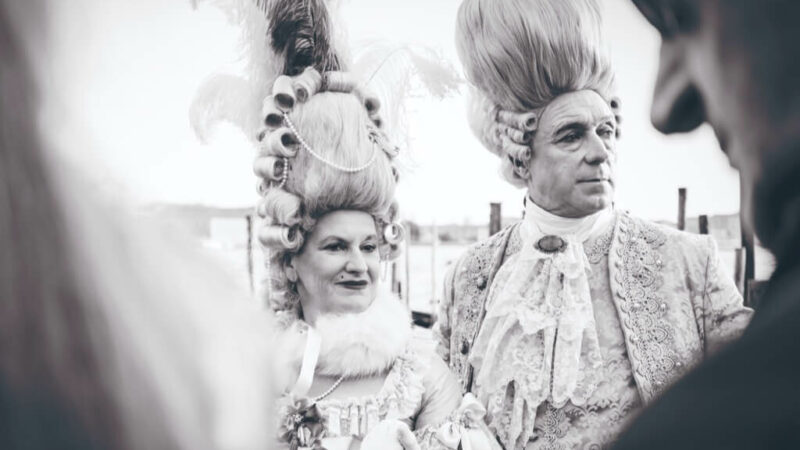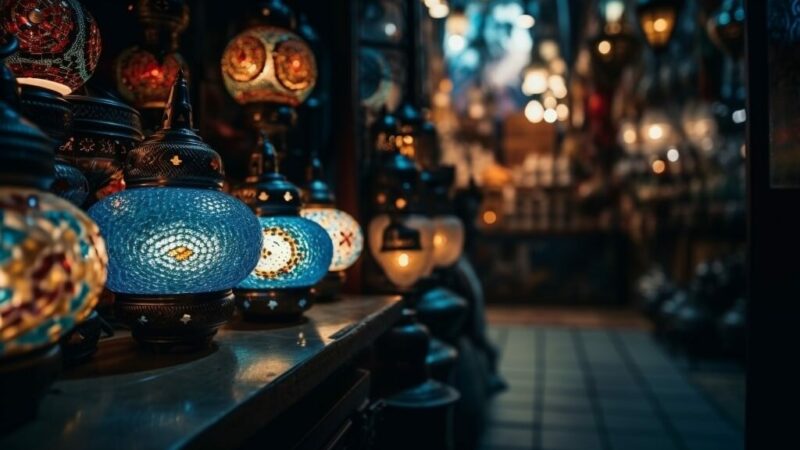The Sparkling Story of Fireworks

The history of fireworks began in ancient China between 600 and 900 A.D., not with the intention of creating a spectacle, but as an accidental discovery by alchemists. These early chemists, in their quest for immortality, mixed charcoal, sulfur, and other ingredients with potassium nitrate (then used as a food seasoning). The result was an early form of gunpowder, a discovery that would eventually lead to the creation of fireworks. The Chinese began experimenting with this explosive mixture, placing it in bamboo shoots and igniting them, resulting in loud blasts that marked the primitive beginnings of fireworks.
As fireworks began to gain popularity in China during the Song Dynasty (960-1279), their accessibility increased, and they became a common sight at public celebrations. Street vendors started selling fireworks, and organized fireworks displays became frequent. In this period, bamboo was replaced by paper tubes, marking a significant advancement in the design and safety of fireworks.
The discovery of gunpowder was not limited to celebratory purposes. Its explosive power was soon harnessed for military use. Early forms of incendiary weapons included firecrackers attached to arrows, used in battle against enemies. This militaristic use of gunpowder eventually led to the development of rockets, enhancing the effectiveness of weaponry on the battlefield and laying the groundwork for aerial fireworks.
In the 13th century, traders, missionaries, and diplomats from outside China began to take notice of this powerful substance. They brought back knowledge and samples of gunpowder to their respective countries. The earliest recorded evidence of Arabs’ familiarity with gunpowder dates back to 1240. This spread of knowledge marked the beginning of fireworks’ journey across the world.
European interest in fireworks spiked upon their introduction to the continent. This led to the proliferation of gunpowder use, not only in the creation of muskets and cannons but also in the art of pyrotechnics for celebratory events. By the 15th century, fireworks were a common feature in noble weddings and events to impress visitors, as exemplified by Henry VII’s wedding in 1486. The Renaissance period saw the emergence of pyrotechnic schools in Italy, a hub for fireworks innovation and experimentation.
A significant breakthrough in fireworks technology came in the 1830s in Italy, with the idea of adding metals to the powder to create vibrant colors. When heated, these metals cause electrons to transition to an excited state and then release energy as photons when they return to a lower energy state. This process results in the emission of various colors depending on the metal used. For instance, lithium chloride produces red, sodium nitrate yields yellow, copper chloride gives blue, and magnesium powder creates bright white. These innovations have given us the colorful and spectacular fireworks displays we see today.
The journey of fireworks begins around the second century B.C. in ancient Liuyang, China. Historians believe that the precursor to modern fireworks were bamboo stalks. When these stalks were thrown into a fire, the overheating of their hollow air pockets caused them to explode with a bang. This natural phenomenon was the earliest form of firecrackers, marking the inception of pyrotechnics.
The Accidental Invention of Fireworks
Legend has it that fireworks were invented by mistake by a Chinese cook. The cook accidentally mixed charcoal, sulfur, and saltpeter (potassium nitrate) – common kitchen ingredients at the time. When compressed in a bamboo tube, this mixture unexpectedly exploded. This serendipitous discovery laid the foundation for what would evolve into the fireworks we know today.
The Chemistry Behind Fireworks
The explosive nature of fireworks is primarily due to gunpowder, which consists of a lifting charge located beneath the shell. When ignited, the gunpowder explodes, generating intense heat and gas, leading to a buildup of pressure. This pressure propels the firework into the air, where it eventually explodes into colorful patterns. This basic principle has been at the core of fireworks technology throughout history.
Standard Fireworks and Their Historical Significance
The history of Standard Fireworks, a notable name in the fireworks industry, began in 1891 in Huddersfield, England. Initially starting in a small facility, the company expanded and played a significant role during the World Wars, producing munitions. This historical transition from celebratory fireworks to wartime munitions highlights the versatility and power of pyrotechnic technology.
Fireworks have held various symbolic meanings throughout history. In the U.S., they are synonymous with national pride and patriotism, especially during Fourth of July celebrations. In Europe, since the 15th century, fireworks have symbolized national triumphs, peace restorations, and royal celebrations. The evolution of fireworks from a source of entertainment to a symbol of national and cultural significance illustrates their impact on human history and culture.
Fascinating Facts About Fireworks
Fireworks have a rich and intriguing history, filled with interesting tidbits. They first appeared in England during a royal wedding and were a fascination of William Shakespeare. The position of Fire Master of England was a prestigious title, highlighting the importance of fireworks in historical England. Phrases like “damp squib” have their origins in fireworks terminology, demonstrating the influence of pyrotechnics on language and expressions.
Understanding the Chemical Composition of Fireworks
For readers interested in the science behind fireworks, educational resources focused on pyrotechnic chemistry can be invaluable. Books, online courses, or even academic journals on this subject provide in-depth knowledge about the chemical reactions that lead to the colorful displays in the sky. Understanding the role of different elements like potassium nitrate, sulfur, and charcoal in gunpowder can enhance appreciation for the art and science of fireworks.
Exploring the Cultural Significance of Fireworks
To delve deeper into the symbolic and cultural significance of fireworks, resources on cultural studies and history are useful. Historical texts that cover the evolution of fireworks in different cultures, especially their use in celebrations, warfare, and as symbols of national pride, offer insights into how fireworks have shaped traditions and cultural expressions around the world.
Pyrotechnics Safety and Handling Guides
Safety is paramount when dealing with fireworks. Manuals and guides on pyrotechnics safety provide essential information on handling, storage, and proper usage. These resources are crucial for both professionals in the field and enthusiasts, ensuring that the beauty of fireworks can be enjoyed without compromising safety.
For those interested in the design and construction of fireworks, engineering manuals and design guides offer a technical perspective. These resources delve into the intricacies of creating various types of fireworks, the physics behind their flight and explosion patterns, and the engineering required to produce specific visual and auditory effects.
Learning from Pyrotechnics Experts
Attending workshops or seminars conducted by experienced pyrotechnicians can be an enlightening experience. These sessions often offer practical insights into the art of making and displaying fireworks, along with the latest advancements and trends in the industry. Learning directly from experts provides a hands-on understanding that complements theoretical knowledge.
Understanding the intricate chemistry behind each burst of color in the sky, the historical paths that led to their symbolic significance in various cultures, and the technical prowess behind their creation, offers a deeper appreciation for these pyrotechnic marvels. As we marvel at their beauty and complexity, we are reminded of the continuous evolution and enduring allure of this ancient art form.



